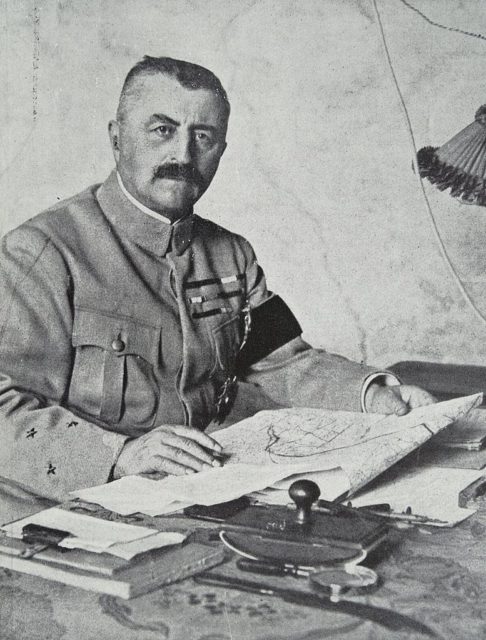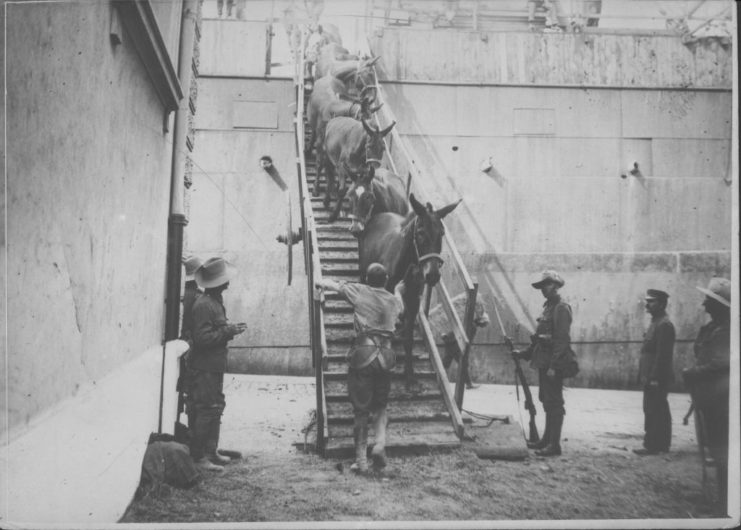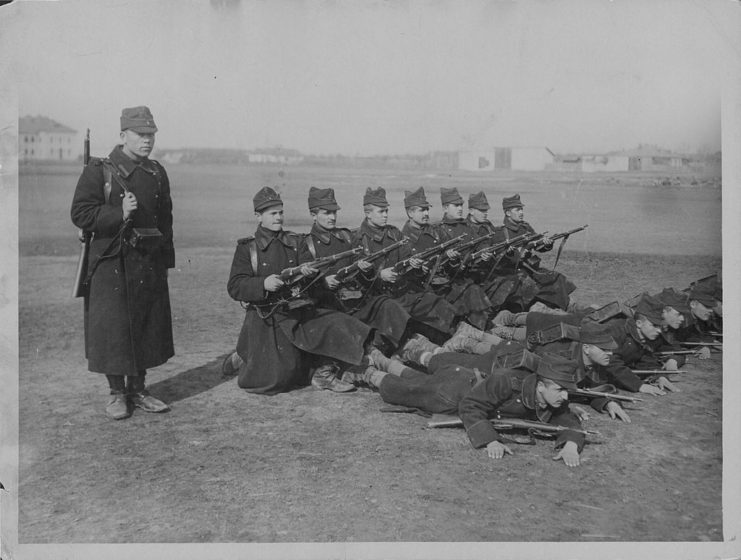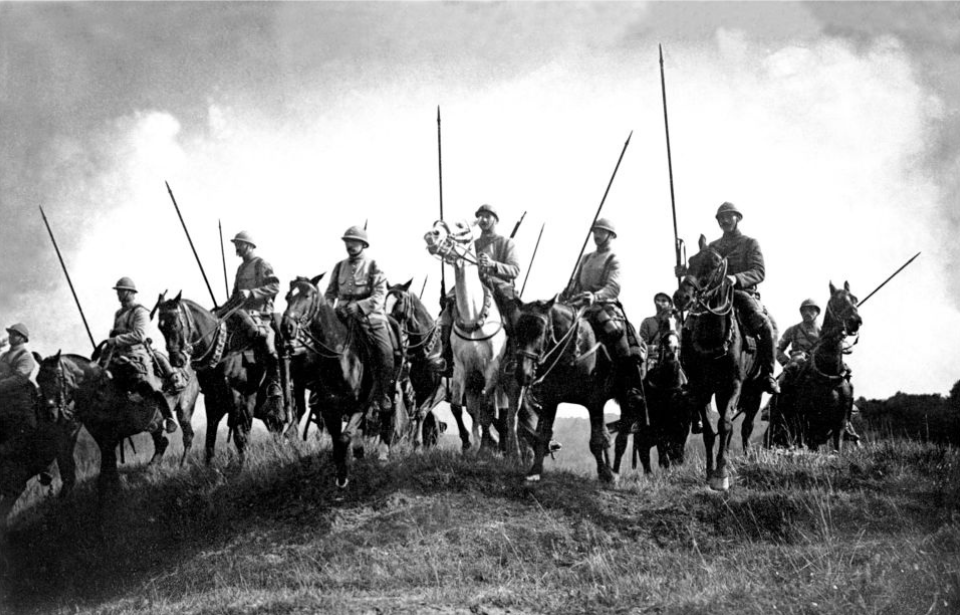Images from the First World War often show the harsh realities of trench warfare, where soldiers on all sides endured a grueling war of attrition, launching attacks whenever the opportunity arose. Other photos highlight the experiences of cavalrymen, shown in military uniforms as they rode in formation.
While World War I increasingly relied on new technologies that left traditional cavalries at a disadvantage, they still had an important role to play. A notable example of this is a French cavalry unit’s push for a Bulgarian surrender, contributing to the signing of an armistice.
Cavalry in the First World War
Despite the difficulties cavalry faced against weapons, they were used by both the Triple Entente and Central Powers throughout the First World War. Particularly on the Western Front, many served as infantrymen, as that made them more useful; their use on horseback had been diminished due to the static nature of trench warfare.
They were also useful for reconnaissance, prisoner duties and mounted police work on the Western Front.

Cavalry were significantly more useful during operations in the Middle East, due to the need for highly mobile units. However, they acted more as mounted infantry, as opposed to traditional cavalry.
They were initially heavily relied on out on the Eastern Front for the same reasons, but, later in the war, many were overhauled out of a need for more infantry and horses to pull supplies and weapons. They were used for mounted combat, however, at certain points of the Balkans Campaign, which saw conflict in Serbia, Montenegro, Albania, Greece and Bulgaria.
Gen. Louis Franchet d’Espèrey
One of the men to oversee the French cavalry was experienced Gen. Louis Franchet d’Espèrey, who served in a field command position throughout the First World War. He was known for being extremely energetic and intimidating, earning himself the nickname “Desperate Frankie.” He initially served on the Western Front, before commanding the Entente forces on the Eastern Front.

The fighting during the Salonika Campaign was where he had the most military success. As soon as he arrived, he implemented a strategy organized by Gen. Adolphe Guillaumat, who’d held the position before him. Known as the Vardar Offensive, the plan consisted of a number of phases to be carried out by a combined Serbian, French and Greek force against the Bulgarians in the region.
Launching the Vardar Offensive
The Vardar Offensive was launched on September 15, 1918. The first phase involved an attack on the Bulgarian forces at Dobro Pole, while the second included attacking the Bulgarian First Army between the Vardar River and Doiran Lake.

Lastly, d’Espèrey was tasked with marching troops through Demir Hisar, Rupel, Petrici, Blaguša, Gradec, Štip and Belessa, before taking the city of Skopje. He also planned to have troops stationed at Kastania and Tetovo to ensure the Bulgarians wouldn’t be able to flank his forces.
The plan was exceptionally effective, as the offensive only lasted until September 29, 1918.
The 500-mile cavalry charge

Although the cavalrymen were armed only with personal weapons and lances, Gen. François Jouinot-Gambetta ordered them to attack the city, which was defended by 50,000 Bulgarian soldiers equipped with machine guns and rifles. Against all odds, the French cavalry succeeded, and this charge was instrumental in compelling the Bulgarian government to sign an armistice.
Bulgarian surrender and the end of World War I
After word reached other Bulgarian forces that Skopje had fallen, they assumed it was because there were large numbers of French forces behind their lines, prompting them to surrender without a fight. Although the German troops were ordered to retake Skopje, they knew they were unlikely to be successful without the Bulgarians on their side.

More from us: How Canadian Soldiers Exploited German Troops During World War I
Want to become a trivia master? Sign up for our War History Fact of the Day newsletter!
Instead of trying to take back the city, the Germans began a retreat, which cut them off from the Ottomans. It wasn’t long before the Entente led troops toward Constantinople, prompting the Ottomans to ask for an armistice, as well. The remainder of the Central Powers followed suit shortly after, bringing an end to the First World War on November 11, 1918.
